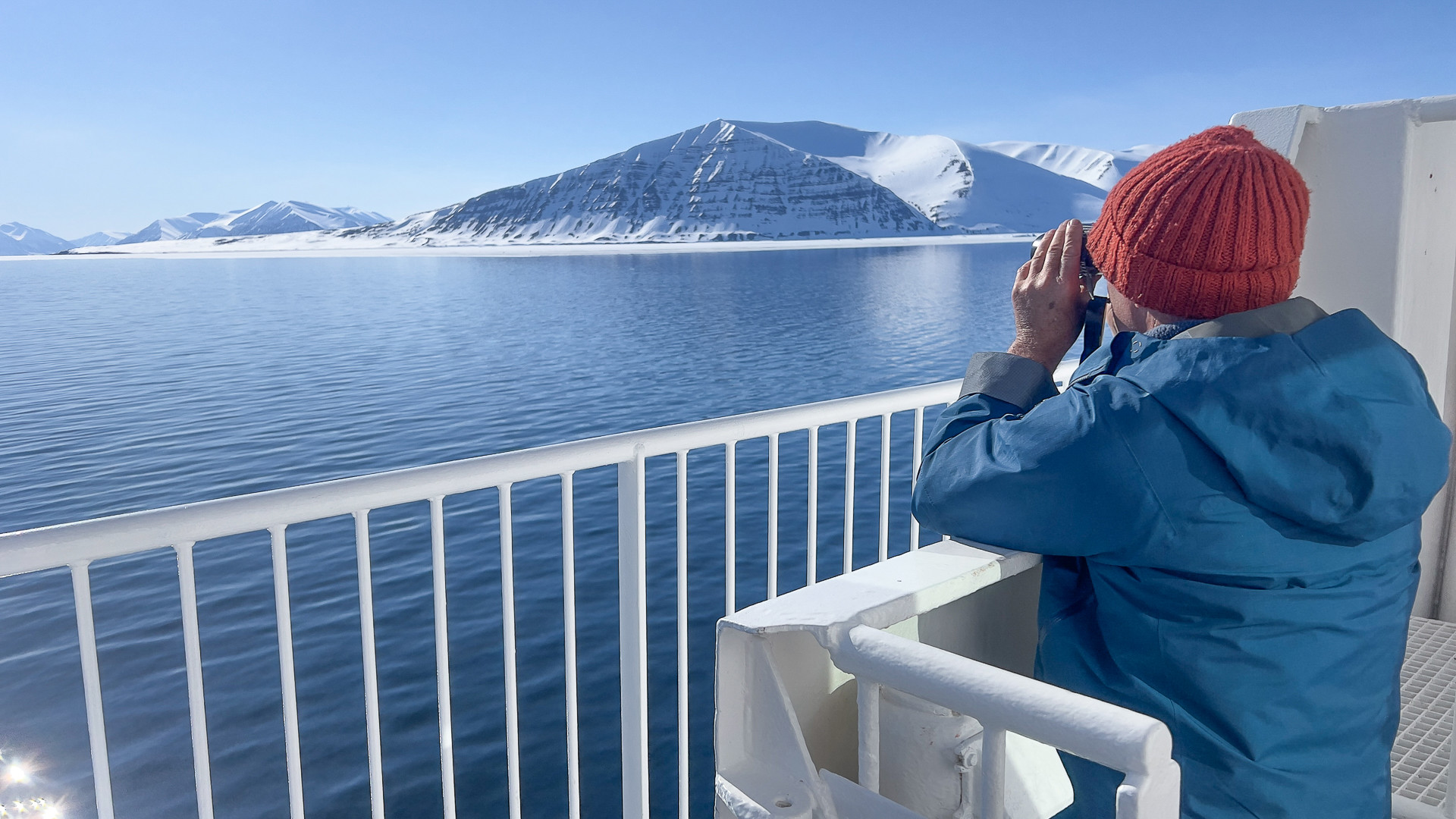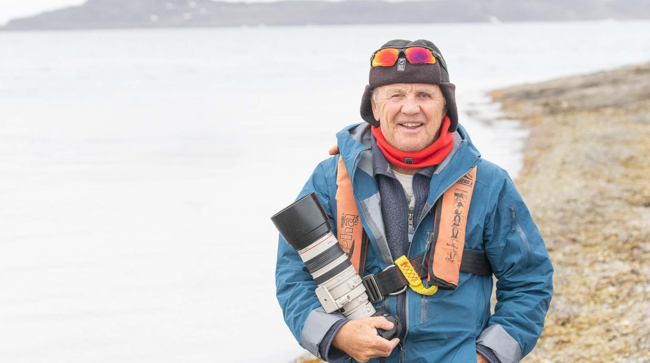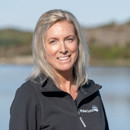Ingress
I get a real buzz helping guests take back special memories, telling the story of the trip through their photos.
This was the second time you joined one of our Svalbard expeditions on board M/S Quest. Could you tell us a bit about your role during the trip?
– I was the guest lecturer talking about the wildlife we were seeing through stories of my adventures filming in Svalbard. I was also the photo guide, able to offer advice to any guest on any aspect of photography no matter their level of experience. I get a real buzz helping guests take back special memories, telling the story of the trip through their photos.
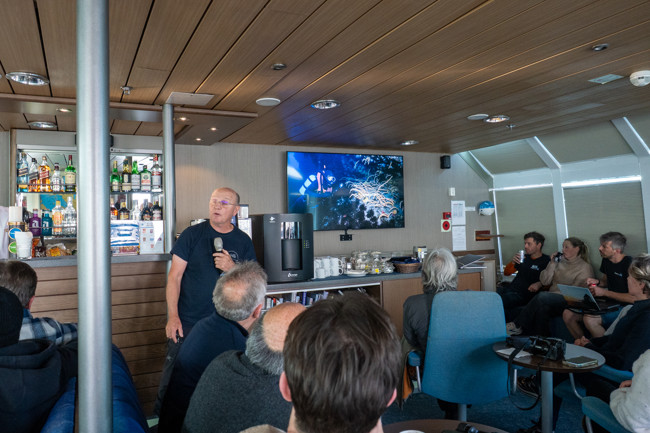

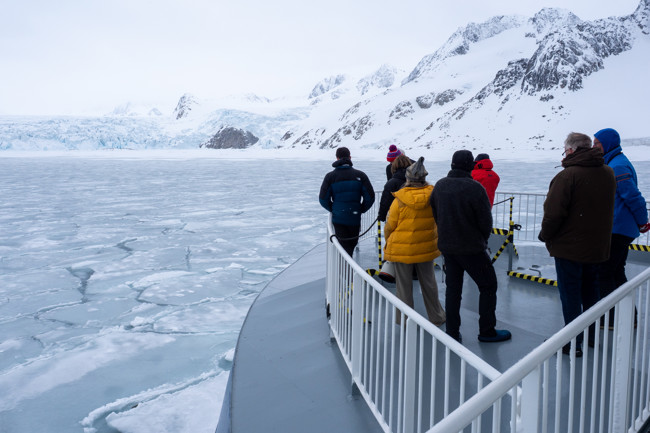

How was this different from other work you've done in Svalbard over the years? Please tell us briefly about your profession.
– As a wildlife documentary cameraman, I filmed on Svalbard many times over the last thirty years for BBC series like Blue Planet and Frozen Planet, and Hostile Planet for National Geographic. I specialised in cold remote places like the Himalayas, the Andes, Antarctica and the Arctic which is why I rate Svalbard so highly. I did both topside and underwater in the archipelago so I could claim I’ve seen more of Svalbard than most people!
How would you describe Svalbard to someone who has never been there?
– With its snow covered mountains, glaciers with 25m high ice cliffs dropping sheer into the ocean, and the Arctic ocean pack ice never far from its shores – Svalbard is one of the most spectacular places in the Arctic. The range of wildlife too makes it special. Walrus, Arctic fox, bearded seal, murres, eiders, whales and of course polar bears – they’re all there! It also features prominently in the history of the exploration of the Arctic. Visiting the archaeological sites is fascinating.
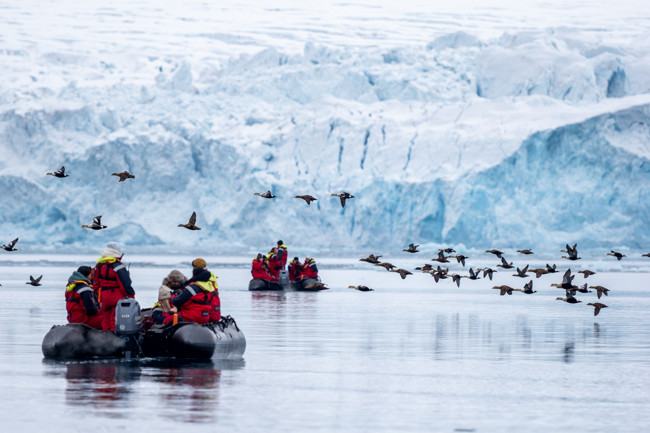

The ship’s such a good platform from which to see the scenery and the animals, it really creates a sense of community among all the guests
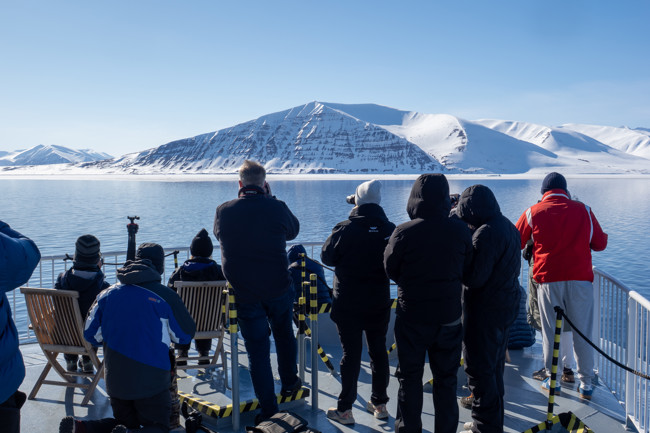

What was it like to travel as part of a group? Do you think sharing special moments with others adds something extra to the experience?
– M/S Quest is the perfect size for an expedition ship. I like that with only 50 passengers on board, I have the chance to get to know everyone individually. The ship’s such a good platform from which to see the scenery and the animals, it really creates a sense of community among all the guests, and the daily briefings pull everyone together too.
This expedition took place in spring. What do you think is most special about travelling at this time of year?
The 24-hour daylight has a magical quality over midnight, the sea ice is still holding fast at the head of the bays which are good places to look for polar bears, the birds are returning to their nest sites. Spring is when you feel Svalbard is waking up.
Were there any extra special moments during the trip that you’d like to share?
– One glorious morning, flat calm and full sunshine, we all watched a polar bear mother with her 18 month old cubs walking on the sea ice close to the shore. She was looking for seals, the cubs were more interested in playing in the water. They were jumping in and pulling themselves out from a small pool of broken ice. It was such a privilege to watch them doing their own thing in their own time, completely undisturbed by us.
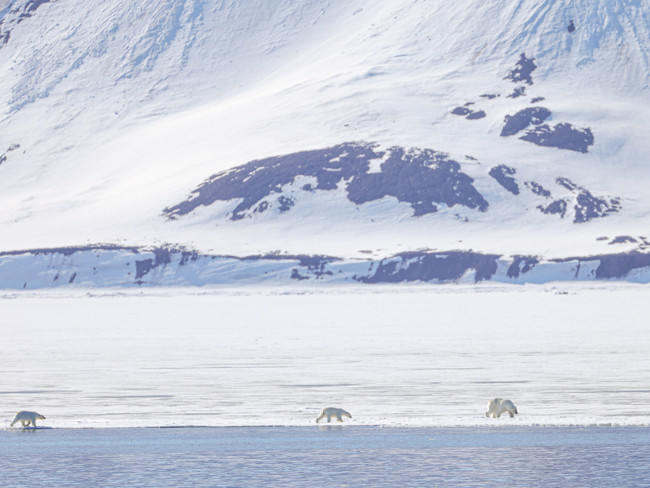
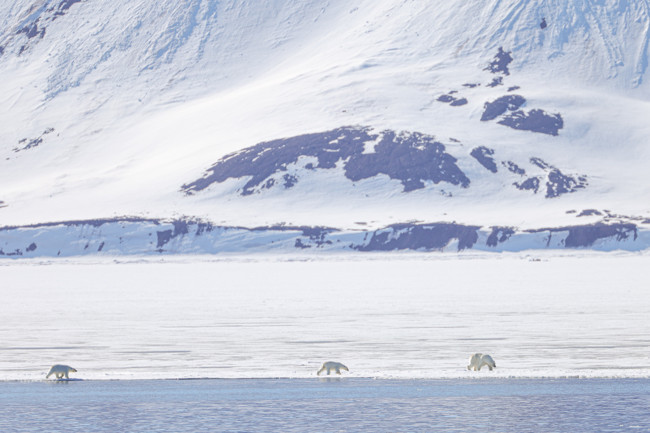
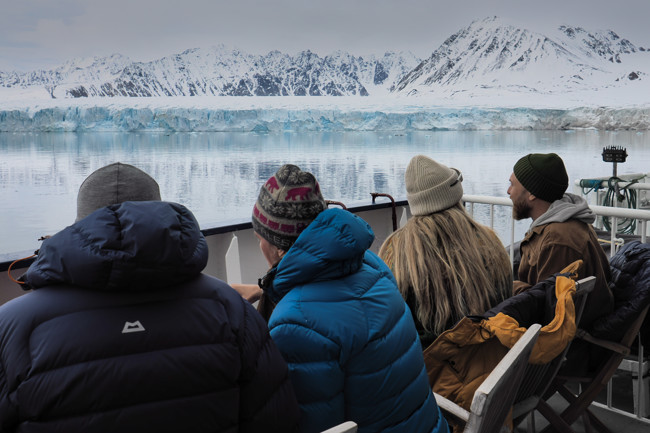

Until recently, we didn’t have internet on board our ships. Now guests have the option to buy access, but we know that many still choose not to. How do you think being able to disconnect and be fully present affects people in this digital age we live in?
When I started filming in remote locations like the Arctic, we were 100% out of touch for the whole duration of the shoot. And to be honest I still prefer it that way when I’m in a special location. I can sink more fully into the environment and the experience. I think it leads to more interesting chats with others too. But for those who expect the web, it’s ok that PQ provide it.
You’ll also be joining us in Antarctica in 2026. Could you briefly tell us about that and what you’re looking forward to?
– I spent eight years “down south” between 1976 and 1984 working for the British Antarctic Survey as a research diver, biologist and photographer. Undoubtedly the most formative years of my life. So that frozen continent will always hold a special place in my heart. And the first big BBC series I worked on was Life in the Freezer, all about Antarctica. I’m really looking forward to revisiting some of the locations.
If there is anything else you would like to add, please feel free!
– In Antarctica we’ll be on board the M/S Ocean Nova. With only 76 passengers, this is the perfect size for Antarctica where a maximum of 100 people are allowed at any one time at a landing site. So all the guests are assured of the maximum shore time with the best opportunities to watch the penguins and the seals.
Please note: Depending on the lens used for a photo or video shot an animal may appear to be closer than it is. We always follow strict wildlife guidelines to ensure that we do not cause any disturbance.
About Doug Allan
Doug Allan is one of the world’s best known and respected cameramen, whose love affair with ice has lasted over forty years. He spent eight years “down south” working for the British Antarctic Survey as a research diver, scientist, base commander, biologist and photographer, before changing direction to full time filming in 1984. Doug Allan’s expertise at filming in polar regions and other extreme environments is legendary. Over his career, he's filmed for series like Blue Planet, Planet Earth, and Frozen Planet.

